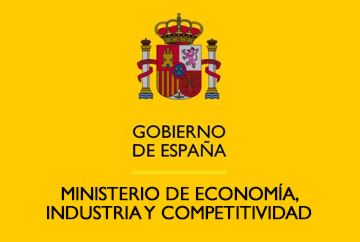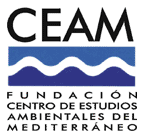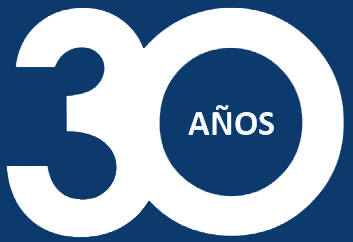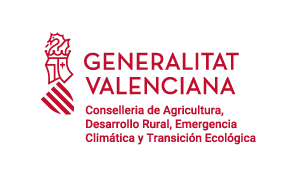|
THE
CARBON CYCLE AREA
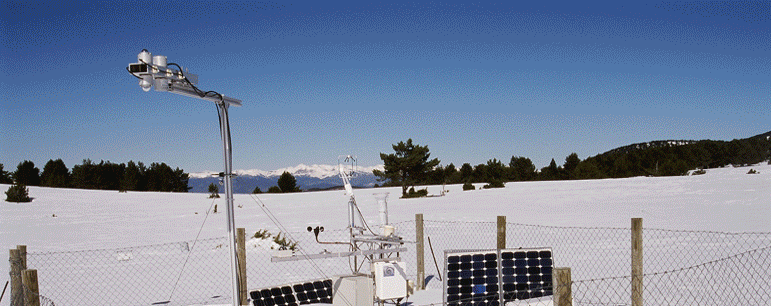
The
main objective of the carbon cycle area is to study carbon balance
dynamics in Mediterranean ecosystems based on the continuous
measurements of CO2 and H2O fluxes by
micro-meteorological methods (eddy covariance). These systematic
observation activities are carried out in four flux-tower stations
that are representative of various Mediterranean ecosystem types in
Spain: a schrubland (Cortes de Pallas, Valencia), a paddy rice field
(Sueca, Valencia), a high mountain pasture (Vall d´Alinya, Lleida)
and a “dehesa” / Holm oak open woodland (Majadas del Tietar, Cáceres).
These measurements allow to quantify the carbon and water balance of
ecosystems, and to analyse their dependence on natural drivers
(climate, etc.) and anthropogenic drivers (e.g. management, land-use
type etc.), and their vulnerability to extreme events like heat
waves and drought.
Flux-towers
stations are integrated into European and global networks (FLUXNET,
CARBOEUROPE) which follow standardized methodologies and protocols
for both measurements and data processing, contributing to and
include them in common databases (www.europe-fluxdata.eu). CEAM also
participates in the ICOS preparatory phase (Integrated Carbon
Observing System, www.icos-infrastructure.eu) Network, a
Pan-European systematic observing infrastructure classified as
“high priority” in 2010 by the Spanish Ministry of Science and
Innovation. CEAM also contribute to international networks (SpecNet
and Eurospec) aiming at the integration of flux data at ecosystem
scale with spectral measurements from proximal remote sensing
(in-situ, airborne) models to improve, calibrate or validate remote
sensing products related with the terrestrial carbon cycle (e.g.
MODIS).
|
![]()
